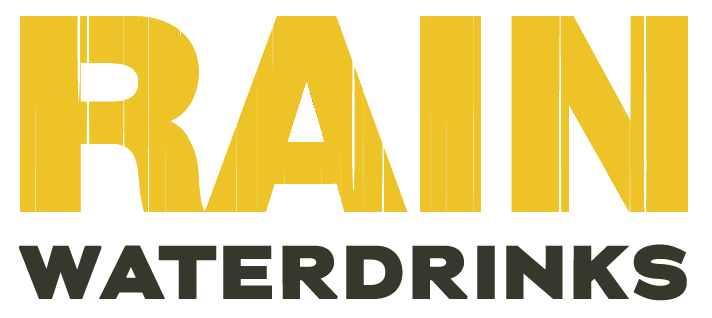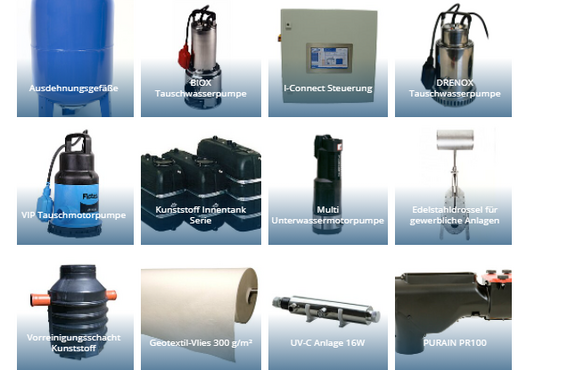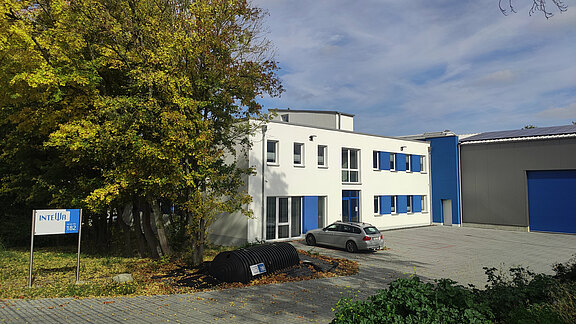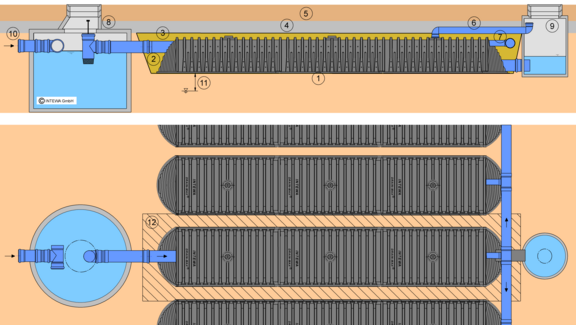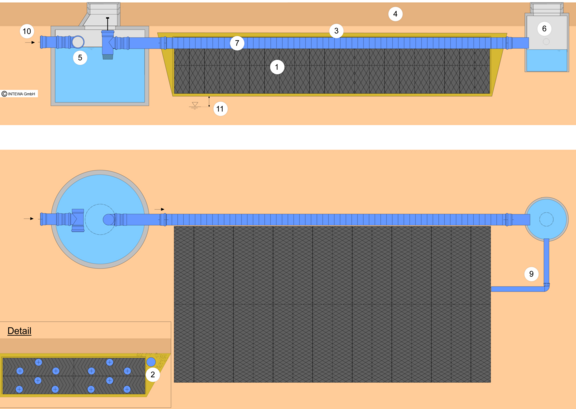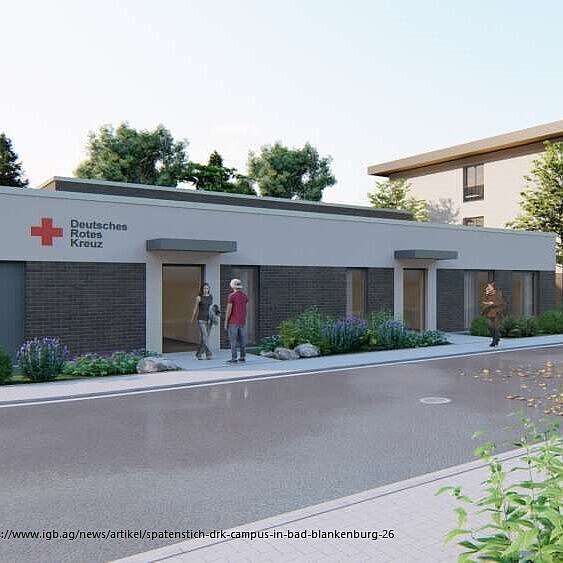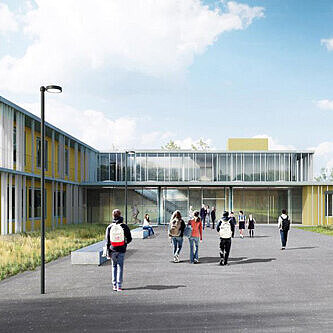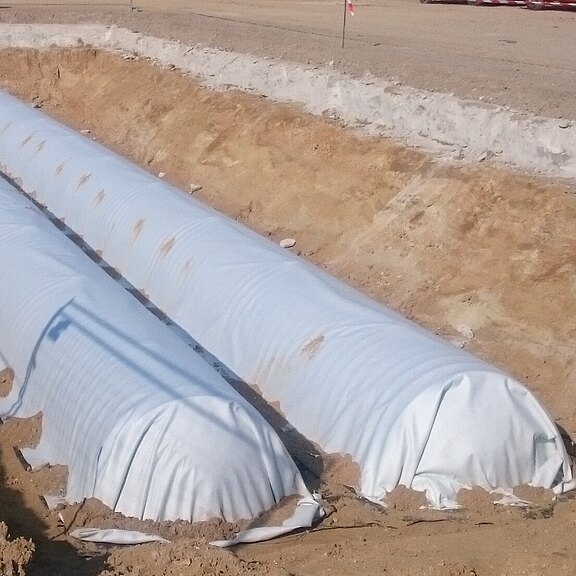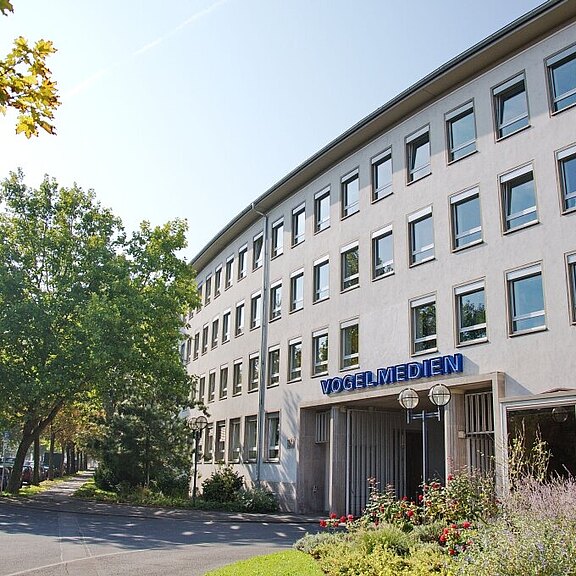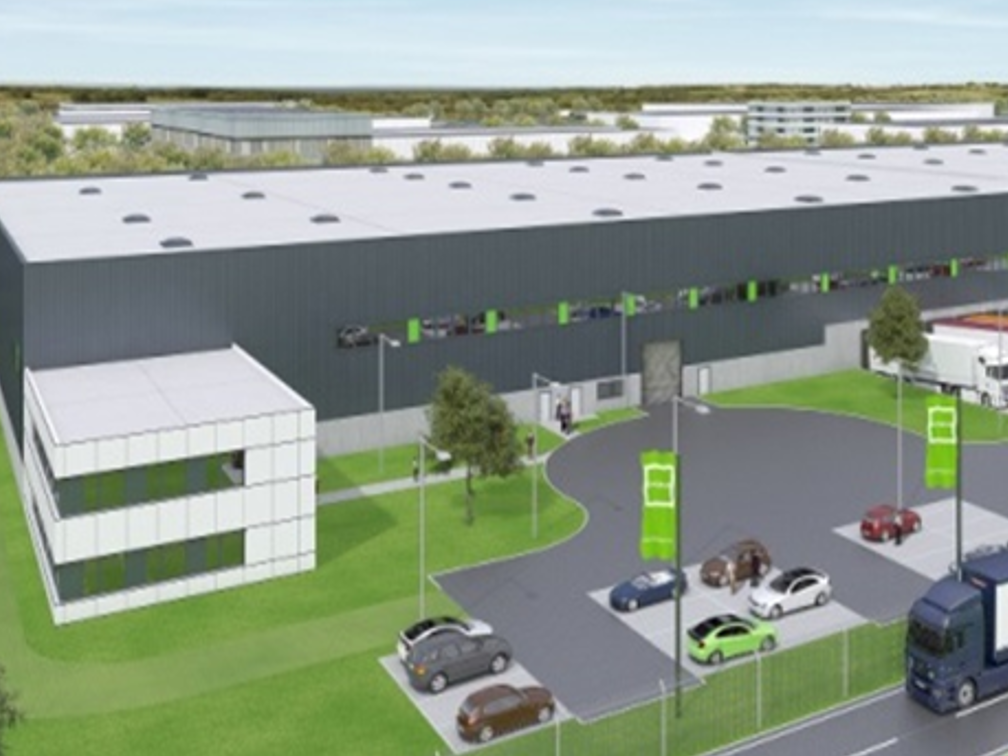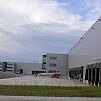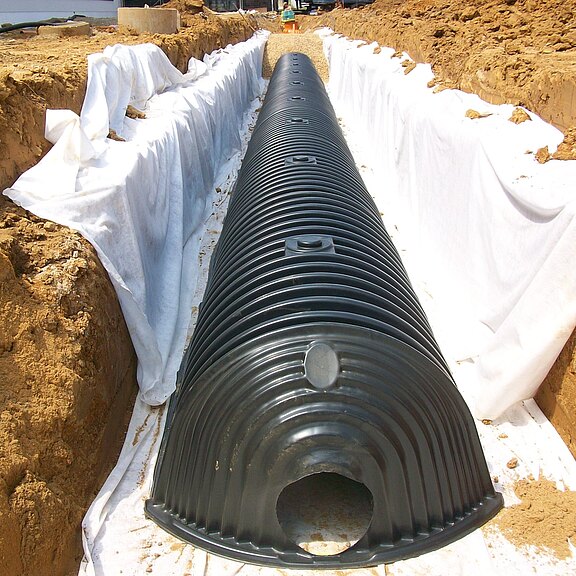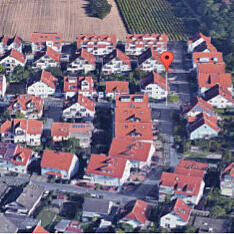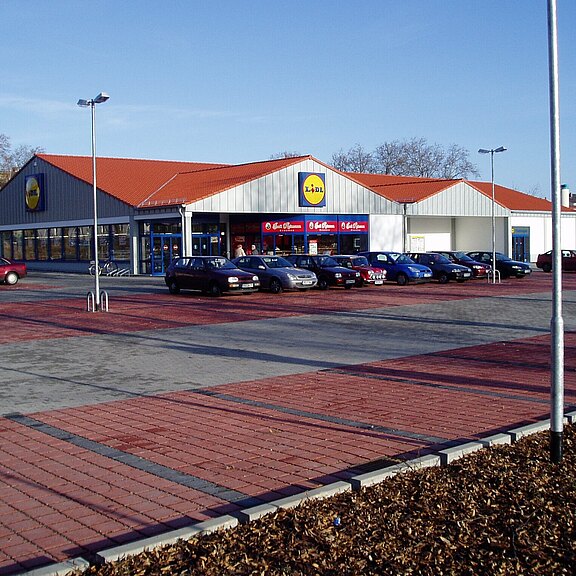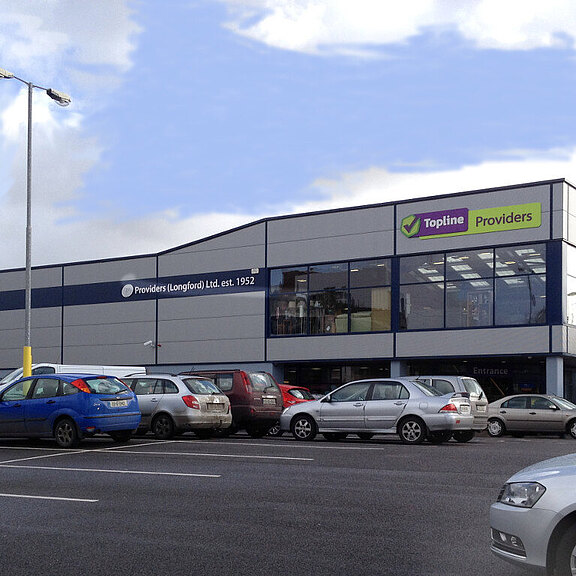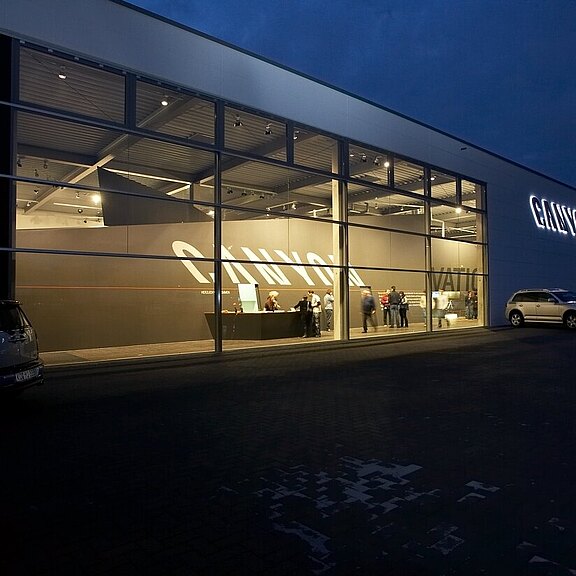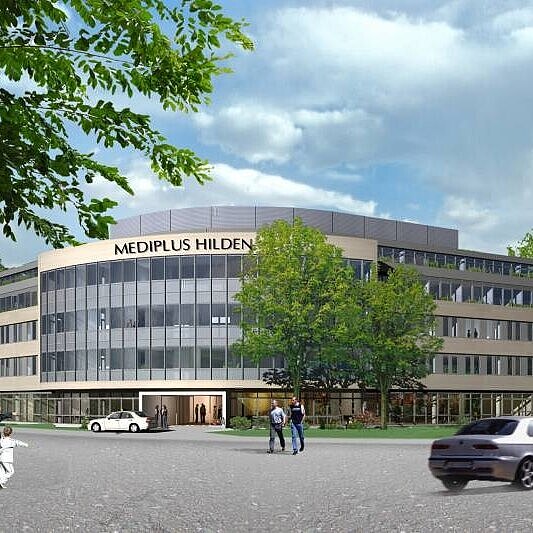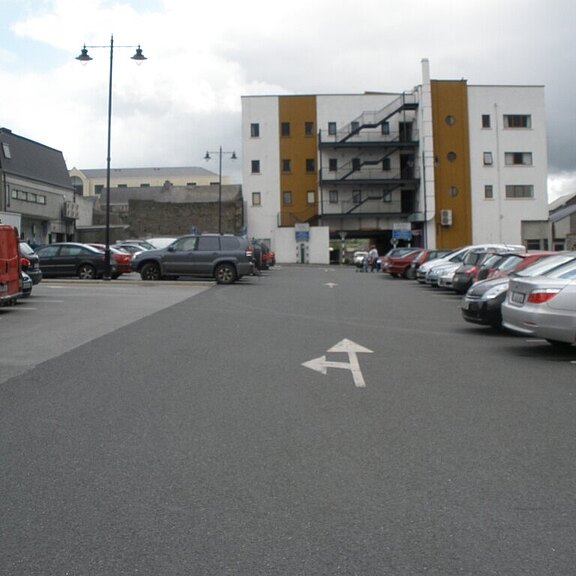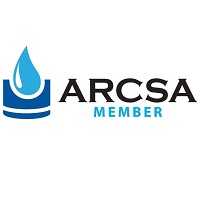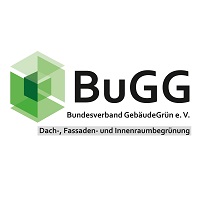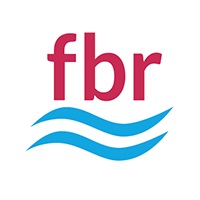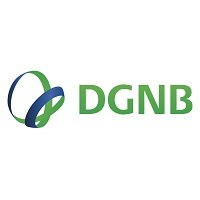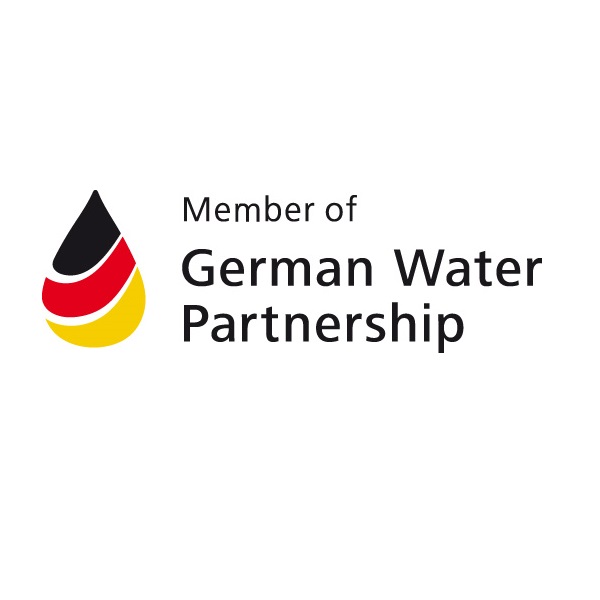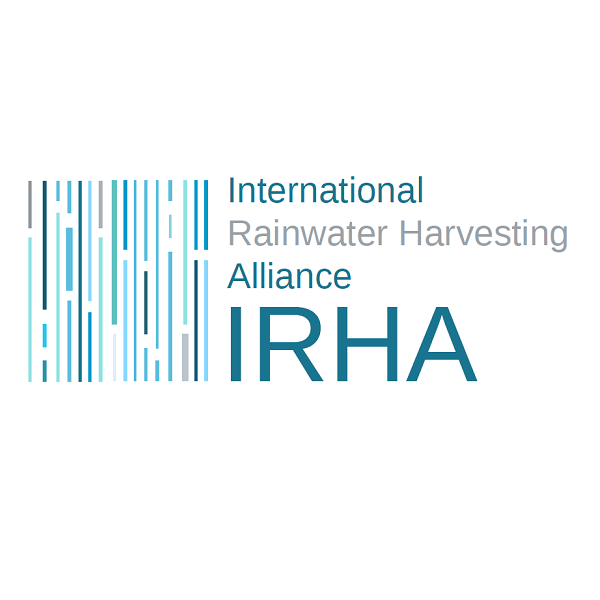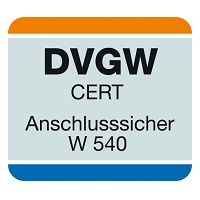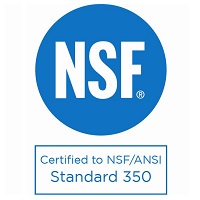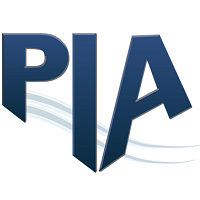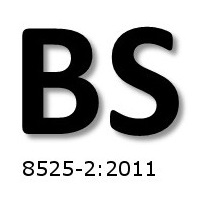Infiltration for commercial and municipal projects
If the soil is capable of infiltration, the use of our infiltration systems has become indispensable in new construction and renovation projects. The systems are used in commercial properties under parking lots and access roads or in municipal projects. Our systems are characterized by special cost efficiency and highest product quality. They have been used in thousands of projects worldwide for over 20 years.
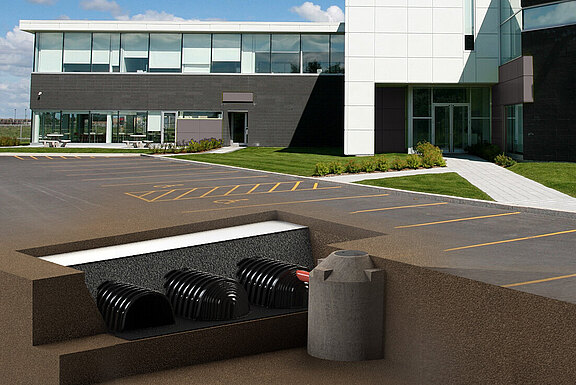
- Pre-treatment for connection of unpolluted areas is carried out by low-cost sedimentation and filtration systems.
- For the pre-treatment of polluted runoff water we offer our special road runoff water systems. Alternatively, trough-rigol systems can be used.
- If sufficient space is available, our shallow, Dibt-certified DRAINMAX tunnels are suitable.
- If little space is available, our box systems are used, which can be installed up to 9.5 m deep.
- Our systems are characterized by exceptional ease of maintenance. With I-CONNECT, our systems can be monitored remotely.
System variations
In our tunnel infiltration trenches, the polluted stormwater is first cleaned by upstream sedimentation/filter shafts. The water is then buffered in the large-volume tunnels and infiltrated into the ground from there. This system is particularly cost-efficient in terms of transport, purchase, installation and operation. With only three different 80 cm high components, consisting of start calotte, tunnel and end calotte, two-dimensional systems of any size can be produced without any connecting elements. The area above the Dibt-certified system, which can carry heavy loads of up to 60 t, is available for other uses, such as access roads or parking spaces. A flushing and inspection shaft allows complete control and cleaning of the manifold row. Our tunnel systems are laid on a special, seepable and high-pressure flushable fabric base. Compared to almost all other systems, the tunnel system is thus the only system where the infiltration base can also be cleaned to ensure permanent infiltration capability.
In infiltration trenches, the polluted stormwater (e.g. from roadways) is cleaned via the revitalized soil layer of the trench. This variant can offer advantages, especially for large, municipal systems. Disadvantages are that the surface of the trough cannot be used further, that maintenance work, e.g. green maintenance, is required for the trough and that safety precautions must be taken to prevent access in the event of water accumulation due to heavy rainfall.
In our honeycomb block infiltration trenches, the polluted stormwater is first cleaned by upstream sedimentation/filter shafts or our street runoff water filters. The water is then buffered in the three-dimensional flow-through system, from where it infiltrates into the ground. The 30 cm high design is used, for example, when the groundwater level is high. The 60 cm high design can be stacked on top of each other up to an installation depth of 9.5 m. It is particularly suitable for infiltration trenches that cannot be laid flat. The system is very easy to install without any connector elements. The area above the TÜV-certified system is available for other uses, such as truck access roads or parking spaces. A flushing and inspection shaft enables the control and cleaning of the distribution pipe.

